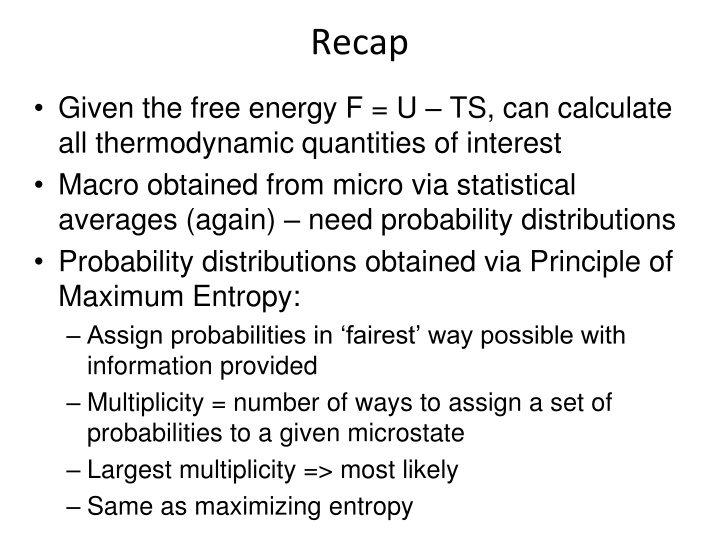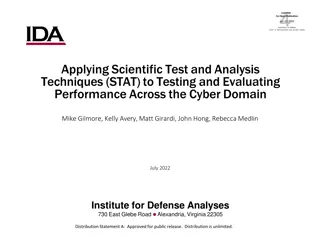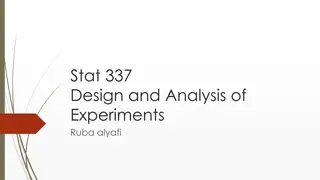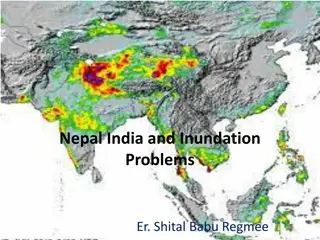
Statistical Ensembles and Maximum Entropy Principle
Learn about statistical ensembles, the maximum entropy principle, and their applications in thermodynamics. Discover how to calculate thermodynamic quantities and probabilities using microstates and statistical averages based on the Principle of Maximum Entropy. Explore key concepts such as entropy, Lagrange multipliers, and examples like the microcanonical and canonical ensembles.
Download Presentation

Please find below an Image/Link to download the presentation.
The content on the website is provided AS IS for your information and personal use only. It may not be sold, licensed, or shared on other websites without obtaining consent from the author. If you encounter any issues during the download, it is possible that the publisher has removed the file from their server.
You are allowed to download the files provided on this website for personal or commercial use, subject to the condition that they are used lawfully. All files are the property of their respective owners.
The content on the website is provided AS IS for your information and personal use only. It may not be sold, licensed, or shared on other websites without obtaining consent from the author.
E N D
Presentation Transcript
Recap Given the free energy F = U TS, can calculate all thermodynamic quantities of interest Macro obtained from micro via statistical averages (again) need probability distributions Probability distributions obtained via Principle of Maximum Entropy: Assign probabilities in fairest way possible with information provided Multiplicity = number of ways to assign a set of probabilities to a given microstate Largest multiplicity => most likely Same as maximizing entropy
SM2: key ideas Entropy = measure of ignorance Maximize entropy subject to constraints via method of Lagrange multipliers Important examples: Microcanonical ensemble (isolated system) Canonical ensemble (system connected to a heat bath) Connection to thermodynamics
A statistical ensemble is an idealized construct consisting of many identical copies of the same system, each representing a possible microstate
Different constraints lead to different ensembles Example constraint: sum = 4
SM2: key ideas Entropy = measure of ignorance Maximize entropy subject to constraints via method of Lagrange multipliers Important examples: Microcanonical ensemble (isolated system) Canonical ensemble (system connected to a heat bath) Connection to thermodynamics





















